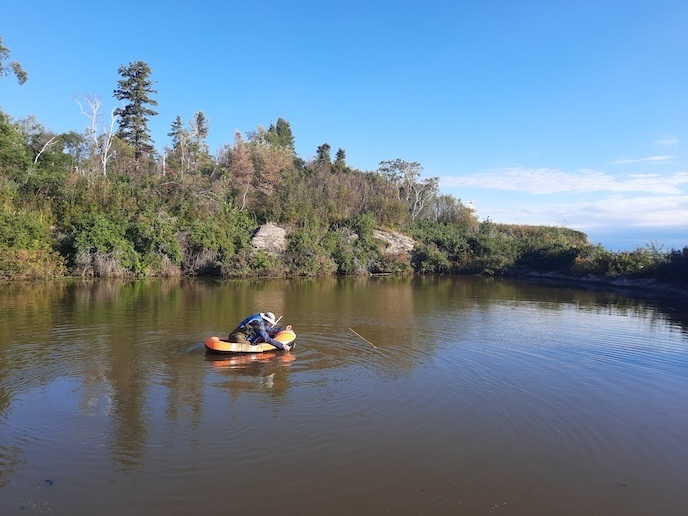Exploration of Archaeal genomes
Archaeal cells constitute a major component of global ecosystems. They exist in a broad range of habitats and may represent up to 20 % of microbial cells in the oceans. Their significance in the environment is also highlighted by the fact that some of them are commonly found in human flora, often making up to 10% of all the prokaryotes in the human gut. Despite limited knowledge regarding their lifestyle, new evidence shows that certain archaea play key roles in global nitrogen and carbon cycles. Characterisation of these organisms is limited by our inability to cultivate them using currently available methods. The EU-funded DARKCELLS (Single-cell phylogenomic exploration of archaeal dark matter) project used single-cell and metagenomic approaches to explore novel archaeal lineages at the genomic level. Archaea from various habitats were sampled and next-generation sequencing technology was used to analyse their genomes and metagenomes. Researchers used recent advances in metagenomics (separating genomic DNA fragments from a community of organisms) to identify archaeal DNA from several environmental samples. One particular sample was obtained from a hydrothermal vent in the Atlantic Ocean and yielded three near-complete draft genomes of archaea previously known as the deep-sea archaeal group. As part of the efforts to characterise the uncultured microbial majority, 16S rRNA amplicon sequences were obtained from 180 environmental samples for the analysis of the microbial diversity, single-cell genomics, and metagenomics studies of these samples. Analysis by the group located in Uppsala, Sweden led to an unprecedented discovery that these archaea, named Lokiarchaeota, contained genes previously found only in eukaryotes. The genes for actin, GTPases, and several other proteins involved in intracellular vesicle trafficking are hallmark features of eukaryotic cellular machinery and were surprisingly found in the Lokiarchaeota. The phylogenomic reconstruction using conserved single-copy genes showed that these archaea are the closest relatives of eukaryotes. This discovery strongly supports the fact that they may represent the so-called ‘missing links’ in the origin of eukaryotes. The findings were published in a high-ranking scientific journal Nature and its implications were widely discussed. Project achievements also highlighted that the combined single-cell and metagenomics techniques is a powerful approach and was instrumental to reconstructing the genomic bins of the archaea known as the Hadesarchaea. The number of archaeal genomes available in public databases has now dramatically increased. Researchers studying the physiology of archaea in different environments and evolutionary biologists tracing the evolutionary history of the three domains of life will benefit from DARKCELLS research.







